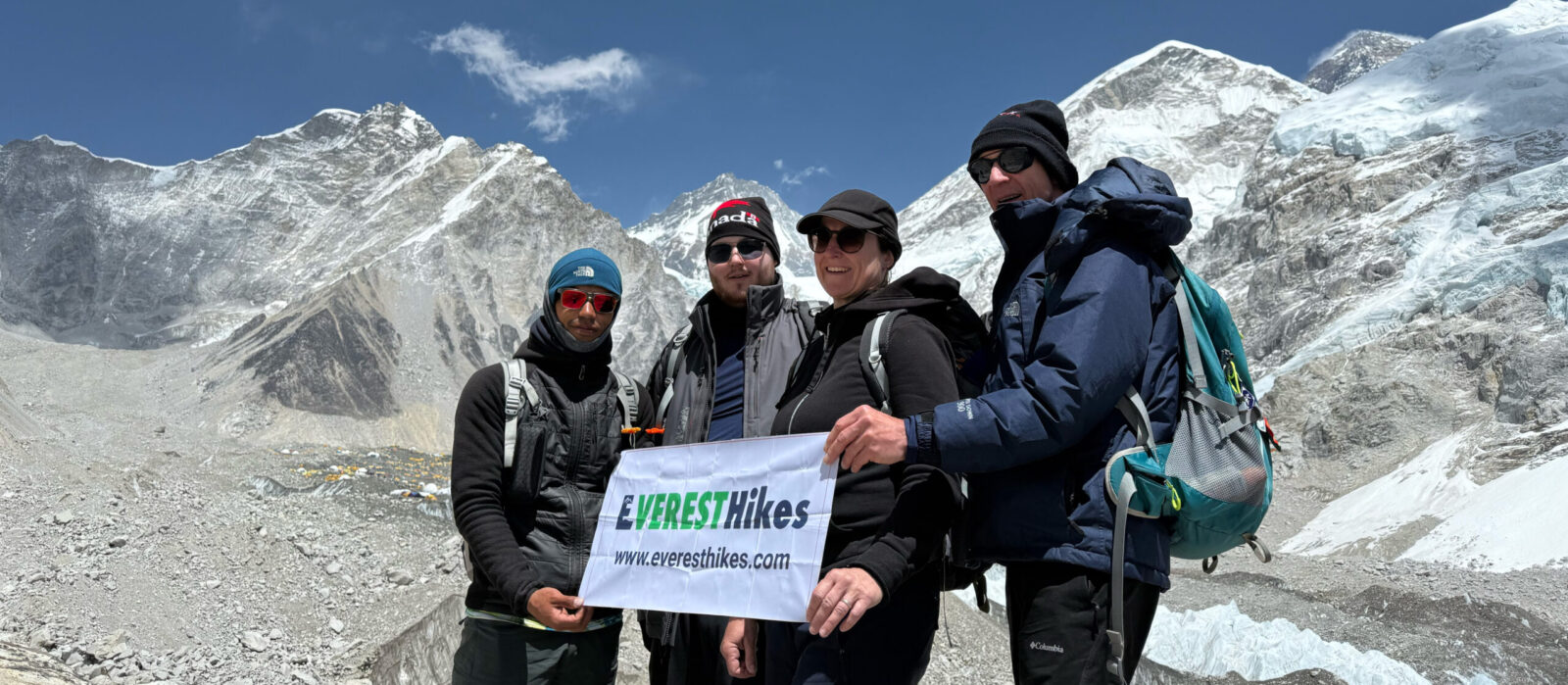
(Whatsapp / Viber)
+9779818008417, 9849988926

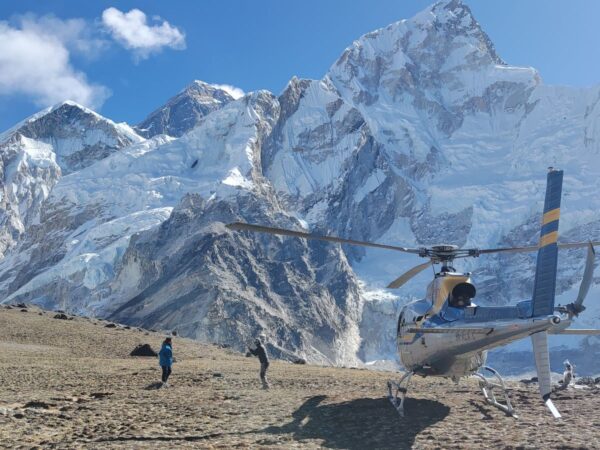
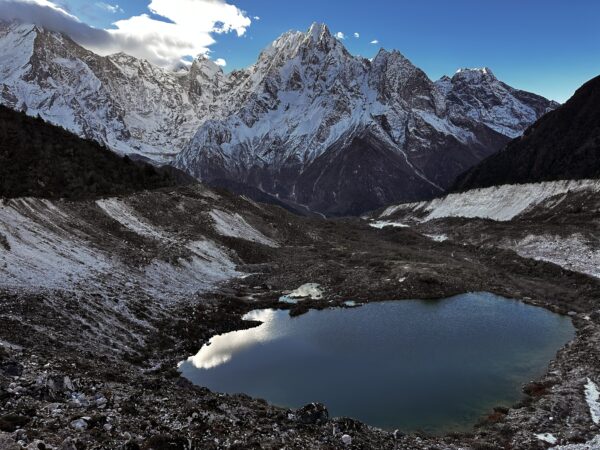
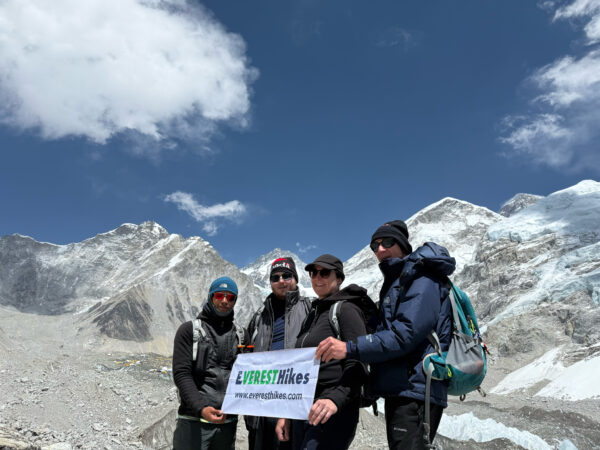
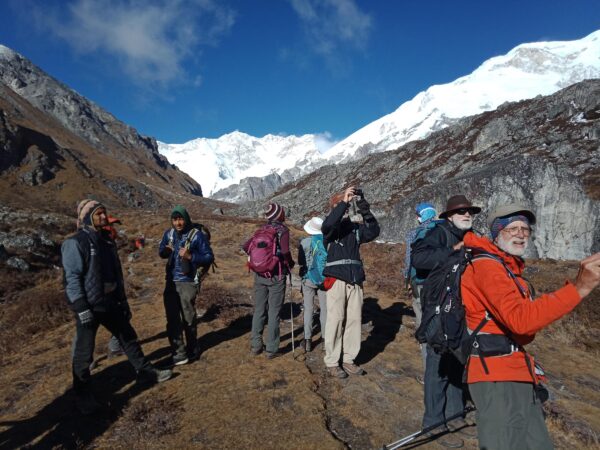
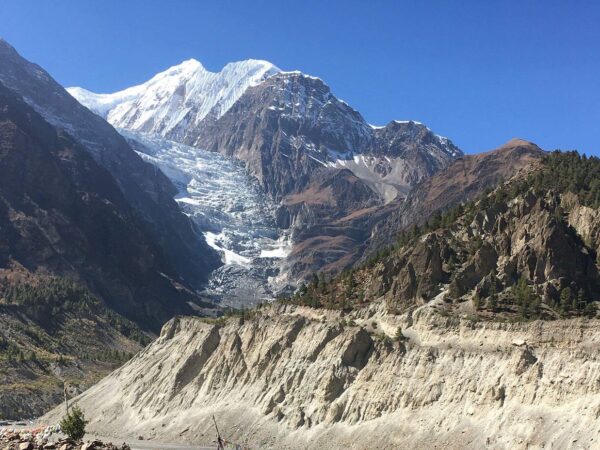
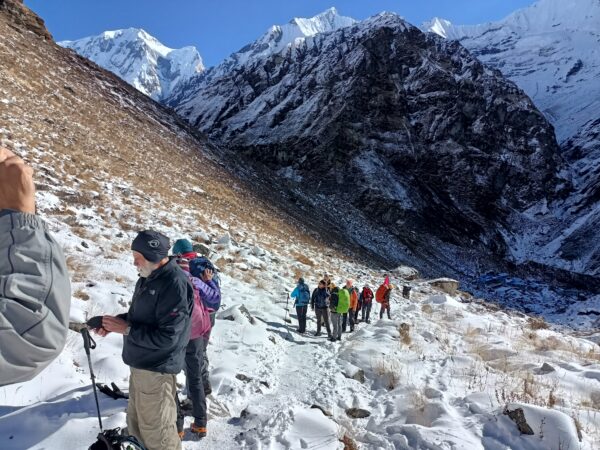
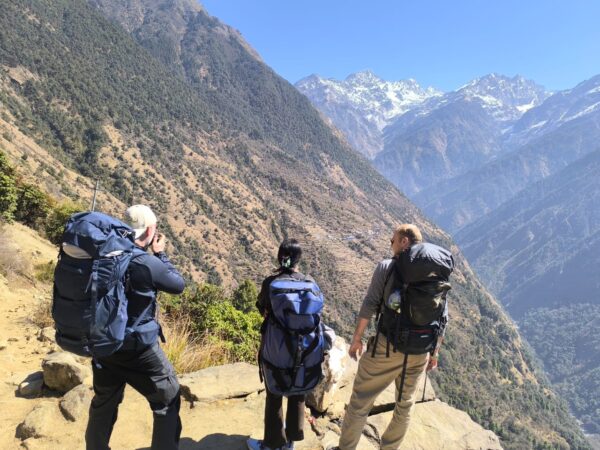
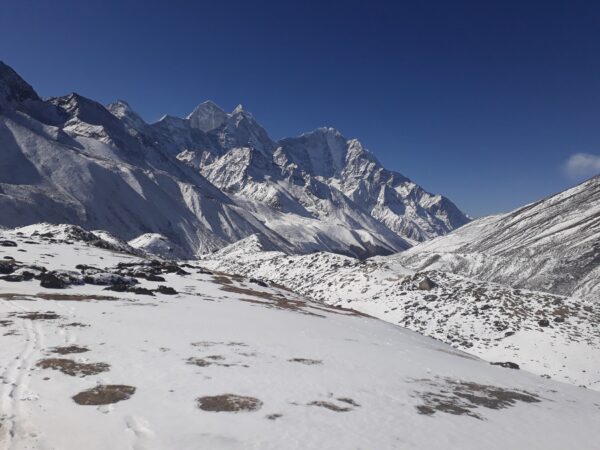

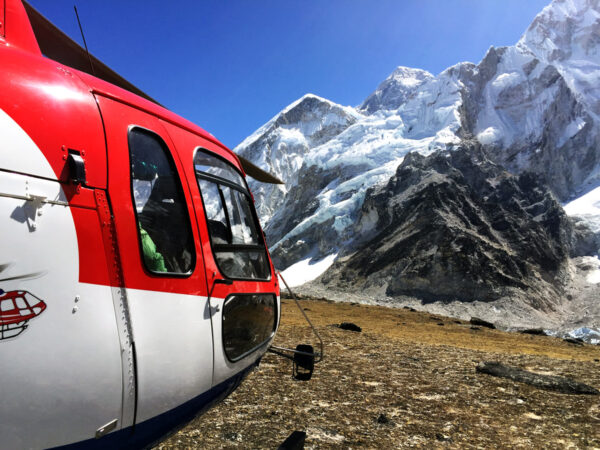
Welcome to Everest Hikes – a local tour operator in Nepal, where adventure meets passion and guest satisfaction is our top priority!
We are a vibrant team of enthusiastic youths dedicated to creating unforgettable trekking and climbing experiences in Nepal, the land of the Himalayas. With a shared love for nature, culture, and adventure, we established Everest Hikes to share the awe-inspiring beauty of Nepal with travelers from around the world.
At Everest Hikes, we believe in blending adventure with meaningful connections. Our journeys are not just about reaching the destination—they’re about the moments of joy, cultural exchanges, and personal accomplishments along the way. Whether you’re trekking through the stunning Annapurna region, climbing peaks like Island Peak, or exploring the cultural wonders of Kathmandu Valley, we ensure every step of your adventure is filled with enjoyment and satisfaction.
What sets us apart?
Let Everest Hikes take you on a journey that inspires, challenges, and transforms. Whether you’re an avid mountaineer or a first-time trekker, we’re here to make your Himalayan dreams a reality.
Join us, and let’s create memories that last a lifetime!
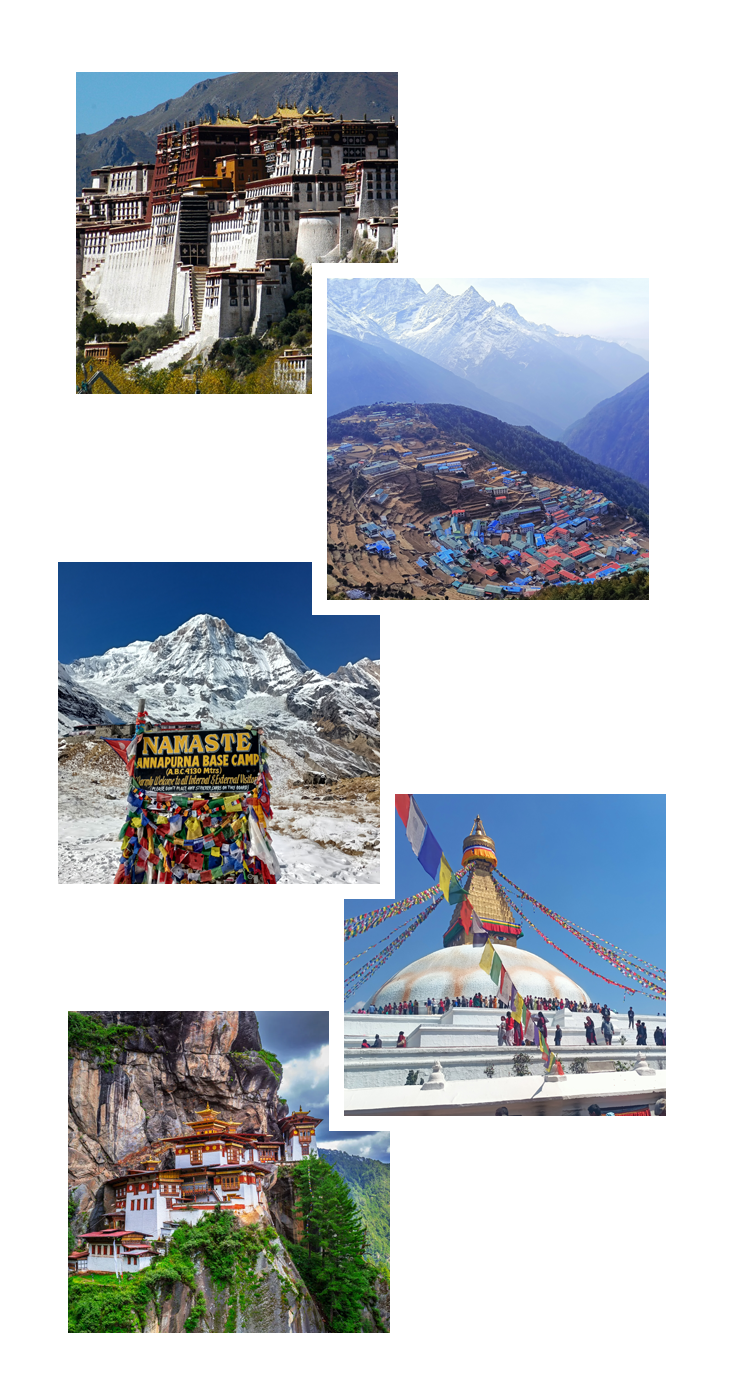
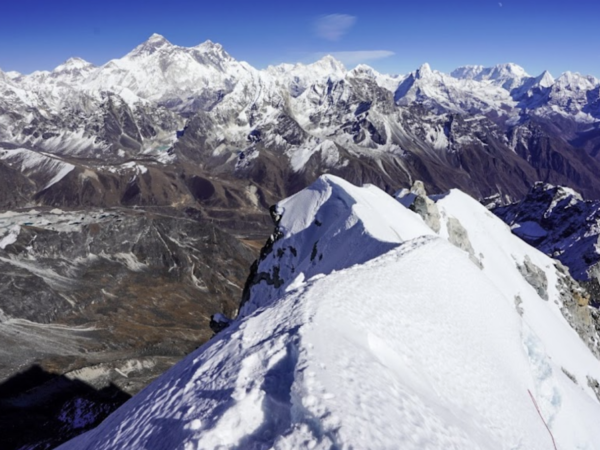
As new entrepreneurs rooted in our native land, we warmly welcome travelers with heartfelt hospitality—while also hoping to build a sustainable livelihood through the work we love.
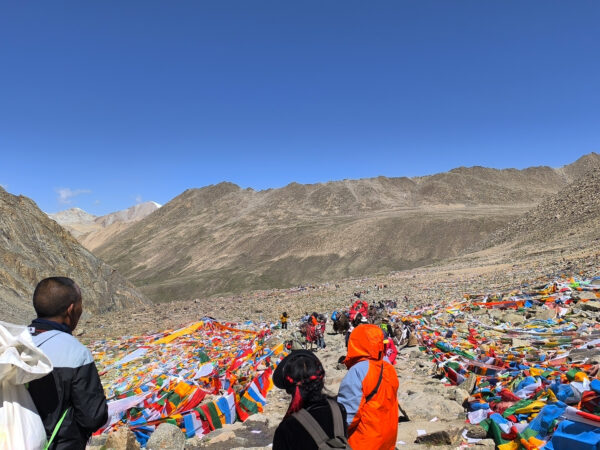
Mount Kailash, situated in the remote Trans-Himalayan region of Tibet, […]
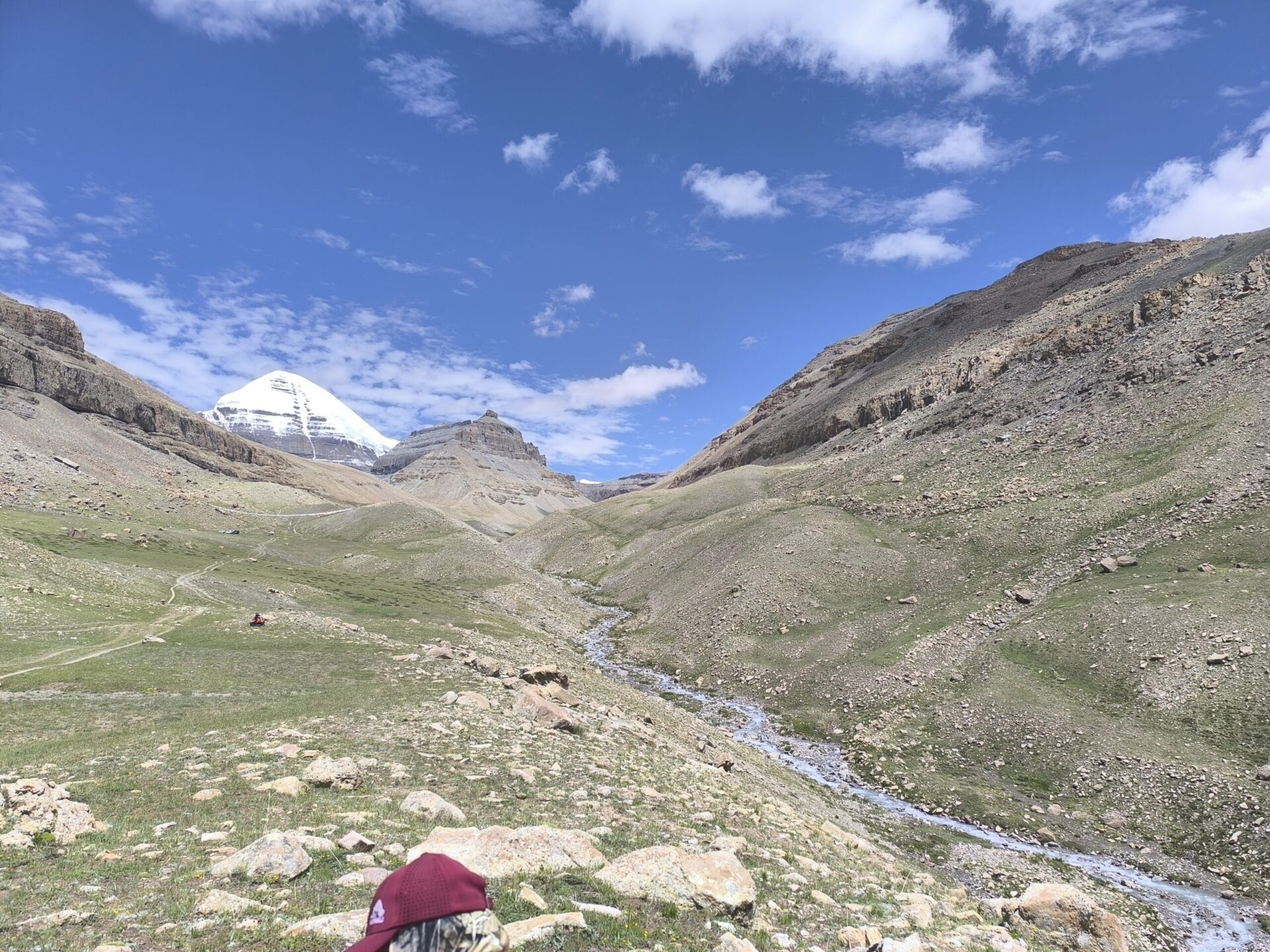
Mount Kailash, known in Tibetan as Gang Rinpoche, meaning “Precious […]
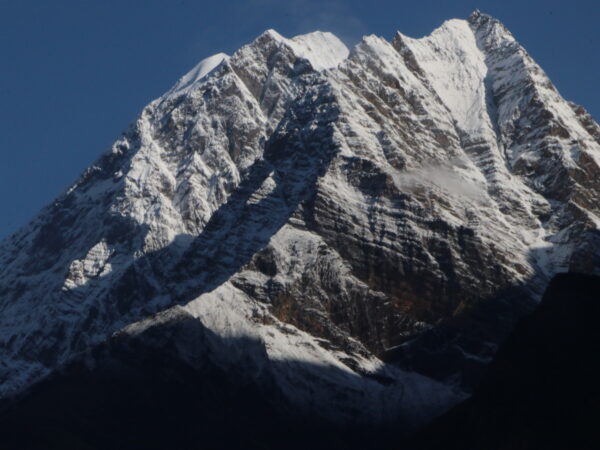
Introduction: Why Peak Grading Matters Whether you’re taking your first […]
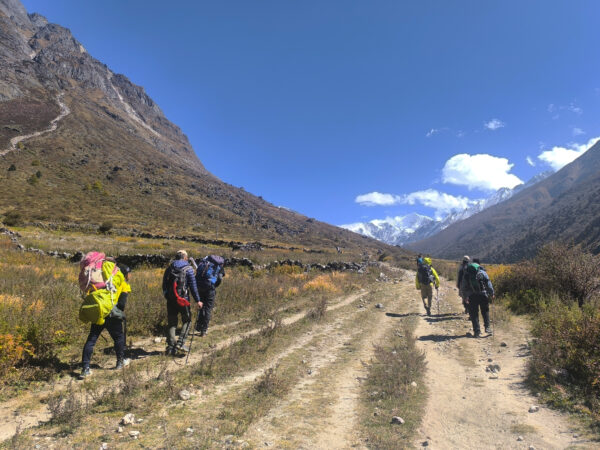
Introduction: Why Safety Is Key in the Langtang Valley Trek […]
Booking your adventure with us is simple and secure. You can reserve your trip directly via email or WhatsApp or online. To confirm your booking, we require a minimum 10% advance deposit, with the remaining balance payable upon your arrival in Kathmandu, before the tour departs.
Yes, a visa is mandatory for most travelers visiting Nepal. You can either apply for an e-Visa online or obtain a visa on arrival at Tribhuvan International Airport. However, Indian nationals do not require a visa to enter Nepal.
Absolutely! You can travel solo or join a group—we offer both options to suit your preferences. Whether you’re an independent traveler or looking for a shared adventure, we’ve got you covered.
Yes, Nepal is generally safe for tourists. With friendly locals, stunning landscapes, and experienced guides, it’s a welcoming destination for travelers from around the globe.
Nepal offers treks for all skill levels:
Honey hunting is a traditional and thrilling practice of harvesting wild honey from cliffs. It’s especially popular in the Lamjung District, but also practiced in Gorkha, Dolakha, Jajarkot, and Khotang. This unique cultural experience is usually available during specific seasons, especially in spring and autumn.
Yes, you can climb certain trekking peaks without prior mountaineering experience. Popular options include:
However, peaks like Ama Dablam, Chulu East/West, or any mountain over 7000 meters require advanced skills and mountaineering experience.
Yes! At Everest Hikes, we provide a full range of adventure experiences, including:
No, trekking in restricted areas like Manaslu, Tsum Valley, Upper Mustang, or Dolpo requires you to be accompanied by a licensed guide and registered trekking agency. This is mandatory by Nepalese law.
Permit costs vary based on the region. Here’s a general idea:
Please contact us for the most current pricing based on your chosen route.
The ideal trekking seasons in Nepal are:
Some regions like Upper Mustang and Upper Dolpo are best visited during the summer (June to August) due to their location in the rain shadow of the Himalayas.
Yes, you can visit Nepal during the monsoon season (June to August). While it’s wetter, the countryside is lush and vibrant. Short treks like Ghorepani Poon Hill or Mardi Himal still offer breathtaking scenery, especially after the rains clear the skies.
The Himalayan weather is unpredictable and can change rapidly. While the trekking seasons offer relatively stable weather, always be prepared for sudden temperature drops, snowfall, or rainfall—especially at higher elevations.
Yes, we provide full transportation services to Pokhara, Chitwan, and all major trekking trailheads in Nepal. Options include:
Whether you’re starting the Annapurna Circuit, Mardi Himal, or Ghorepani Poon Hill Trek, we ensure smooth and comfortable transfers.
Domestic flights in Nepal are generally reliable, especially on clear weather days. However, due to the mountainous terrain, weather conditions can cause delays or cancellations, particularly for flights to:
We recommend having at least 1–2 buffer days in your itinerary if you’re flying to or from remote trekking regions.
Most trekking routes in Nepal offer teahouse accommodation, which are locally run lodges that provide basic lodging and meals. Here’s what to expect:
We’ll help you choose the best available accommodation based on your comfort and budget.
Yes, the food served at teahouses is generally clean, fresh, and hygienic. Common items on the menu include:
Vegetarian options are widely available and recommended for better digestion at altitude. We advise avoiding meat above certain elevations, as refrigeration is limited.
Yes, most teahouses on popular trekking routes offer:
In remote regions like Manaslu, Dolpo, or Kanchenjunga, such amenities may be limited or unavailable.
Yes, altitude sickness (Acute Mountain Sickness) can affect anyone trekking above 2,500 meters, especially if proper acclimatization is not followed. To stay safe:
We also carry a first aid kit and can arrange oxygen or emergency evacuation if needed.
Yes, travel insurance is mandatory for most trekking regions, especially restricted and high-altitude areas like:
Your insurance should cover:
We recommend carrying a digital and printed copy of your insurance details.
Absolutely! All our guides are:
Your safety is our top priority at every stage of the trek.
Yes, most trekking regions have mobile network coverage, though it can be patchy at high altitudes or in remote areas. Networks like NTC and Ncell offer better coverage in:
We recommend getting a Nepali SIM card in Kathmandu with a data package before the trek.
Yes, you can use a drone, but only with official permission. To fly a drone legally in Nepal, you must:
Unauthorized drone use can result in confiscation or fines. Read More
Yes, you can charge devices like phones, cameras, or power banks at teahouses for a small fee:
We recommend carrying a portable power bank or solar charger, especially for longer or remote treks.